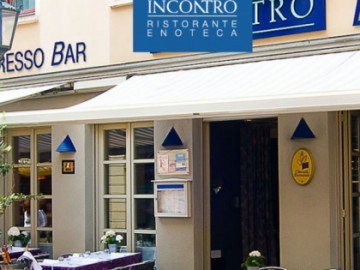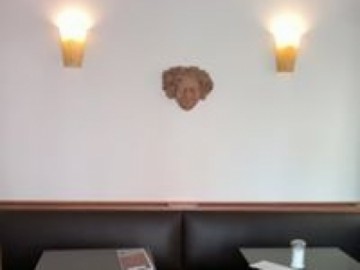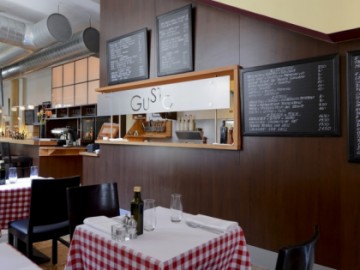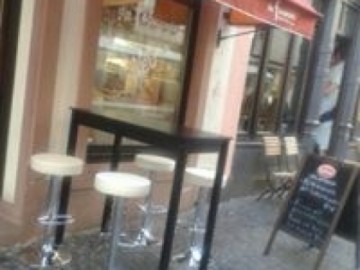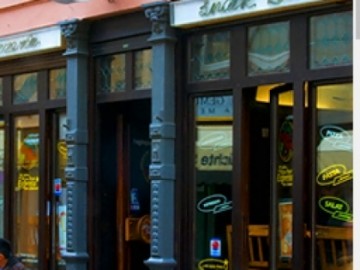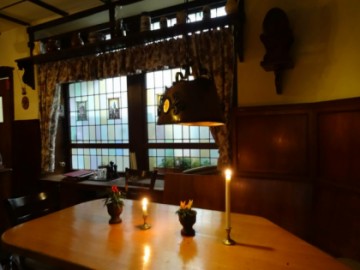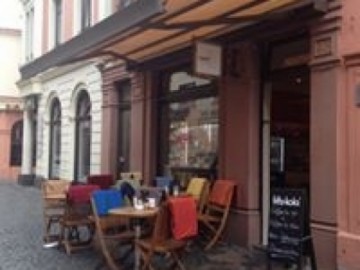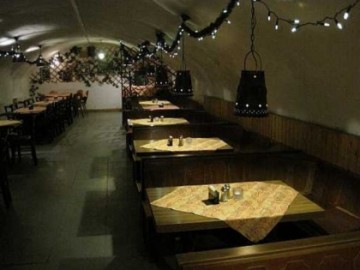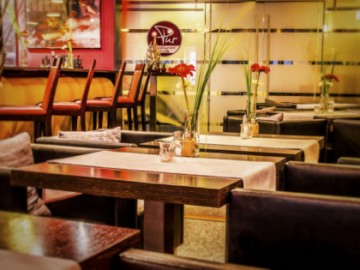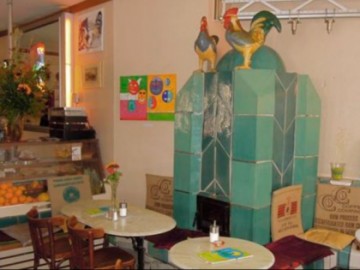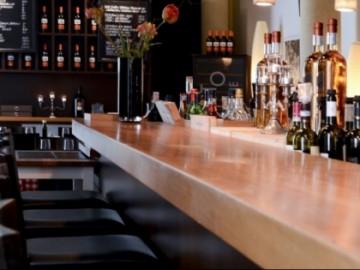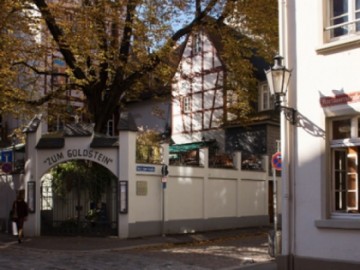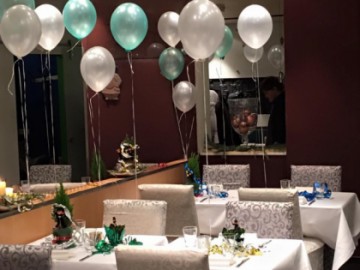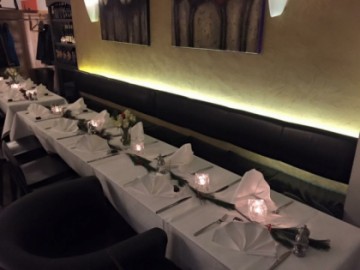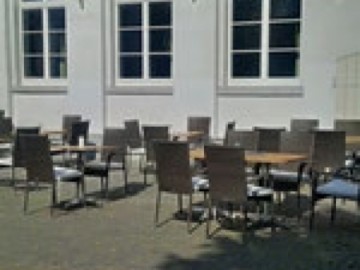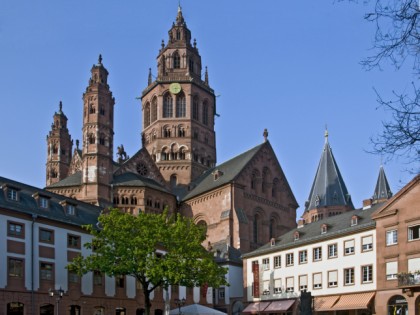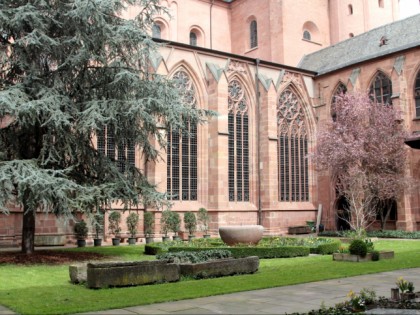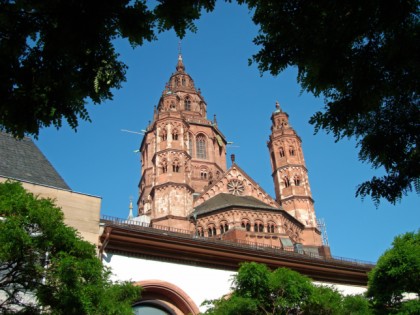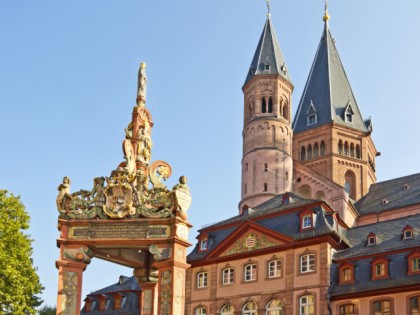St. Martin’s Cathedral
In this basilica, 7 monarchs were crowned and 45 bishops were buried, as well as the sons of Frederick Barbarossa were knighted. In the XIX century it was used as a military camp, hospital and even a farmyard. It is also one of the three German cathedrals, built under the auspices of the Holy Roman Emperor.
A millennial temple, created on the model of St. Peter's Cathedral in Rome, was under construction over several centuries and absorbed elements of several styles: Romanesque, Gothic and Baroque. The items survived include the altar with images of the Virgin herself and saints Martin and Boniface, frescoes on the nave, dedicated to the life of Christ, baptistery of the XV century, wooden seats of the XVIII century with the monasteries’ coats of arms, as well as sculptures of the archbishops, resting in the crypt of the cathedral. The oldest statue of Archbishop Siegfried III, who consecrated the cathedral, dates back to 1249. The basement of the cathedral houses a museum where dozens samples of religious art are collected: sculptures, paintings, tapestries, altars, clerical garbs.



